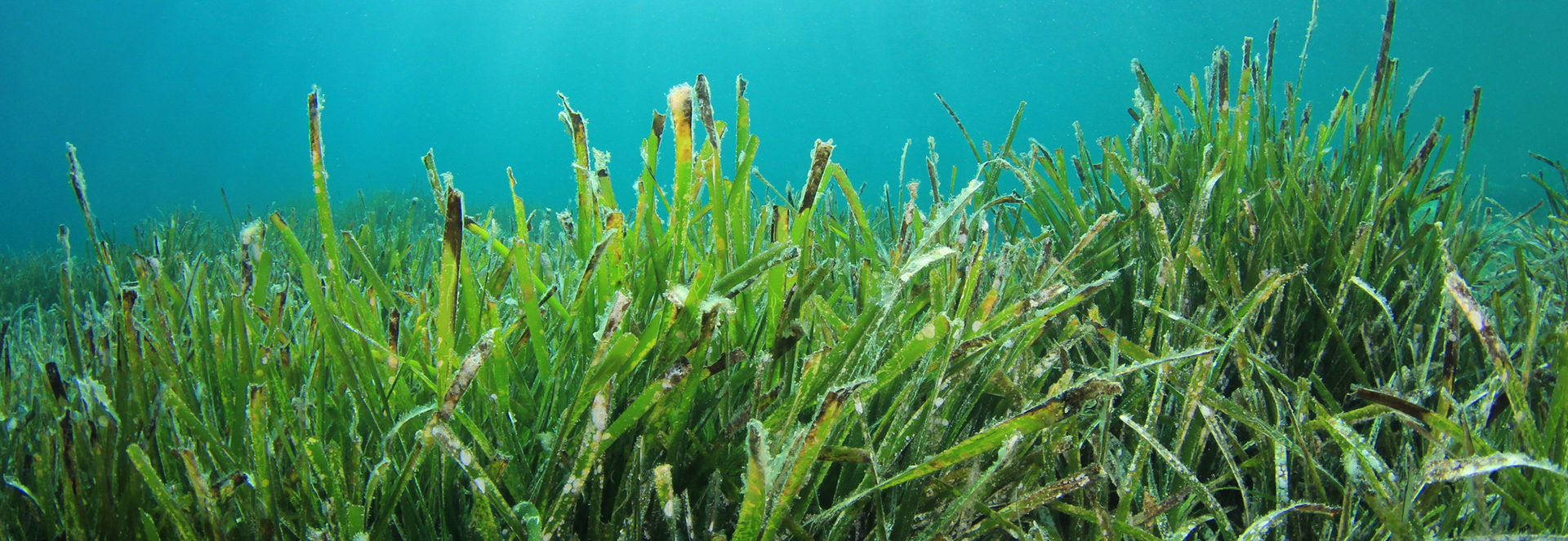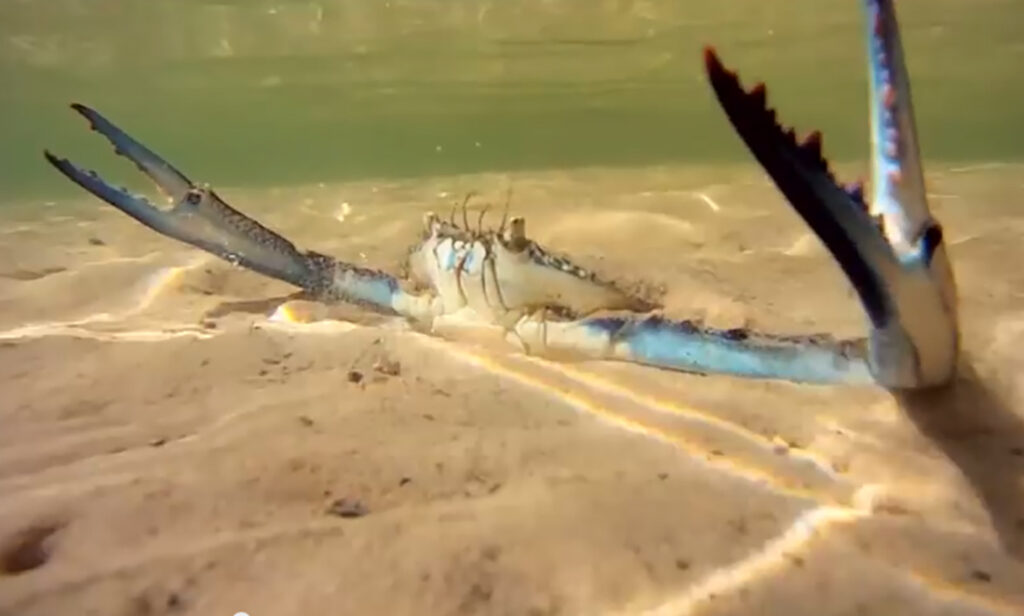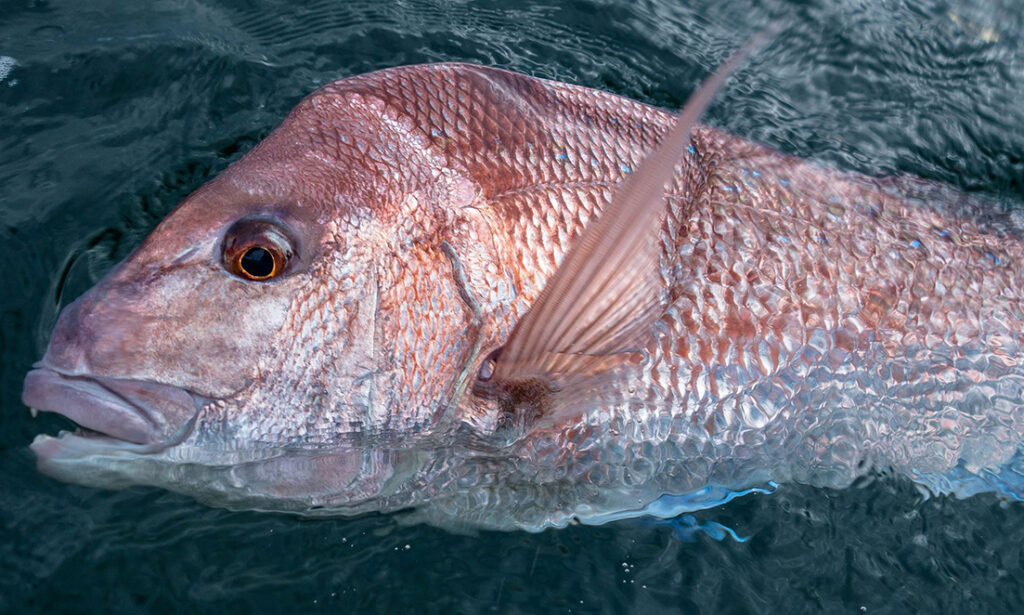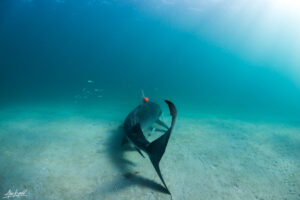Hundreds of recreational fishers have volunteered to release one million seagrass seeds into the sea as part of the Seeds for Snapper project.
Recfishwest, OzFish and the University of Western Australia have teamed up to reseed Cockburn Sound with seagrass that has been lost over the past 60 years.
Seagrass in danger
OzFish Unlimited’s Andrew Matthews says Cockburn Sound has lost around 80% of its original 4000-hectare habitat.
There’s now only 900 hectares left.
“That’s a massive 2600 football fields worth of seagrass habitat lost over the past few decades,” Andrew says.
He says the seagrass meadows of Cockburn Sound are well recognised as critical foraging and nursery grounds for pink snapper.
Other species affected by the seagrass loss include King George whiting, squid, garfish and blue swimmer crabs—all popular recreational fishing species.
And after Shark Bay, Cockburn Sound is WA’s second-largest pink snapper spawning ground.
So why has the seagrass been lost?
Industrialisation of the area has been the biggest issue says Andrew.
“This includes changes in environmental conditions caused by the Garden Island Causeway, plus water quality, dredging and historical lime mining.”
Separating the seed
Marine scientists from UWA have spent the last decade researching seagrass restoration.
Now they’ve come up with a cost-effective method of collecting and separating the seeds.
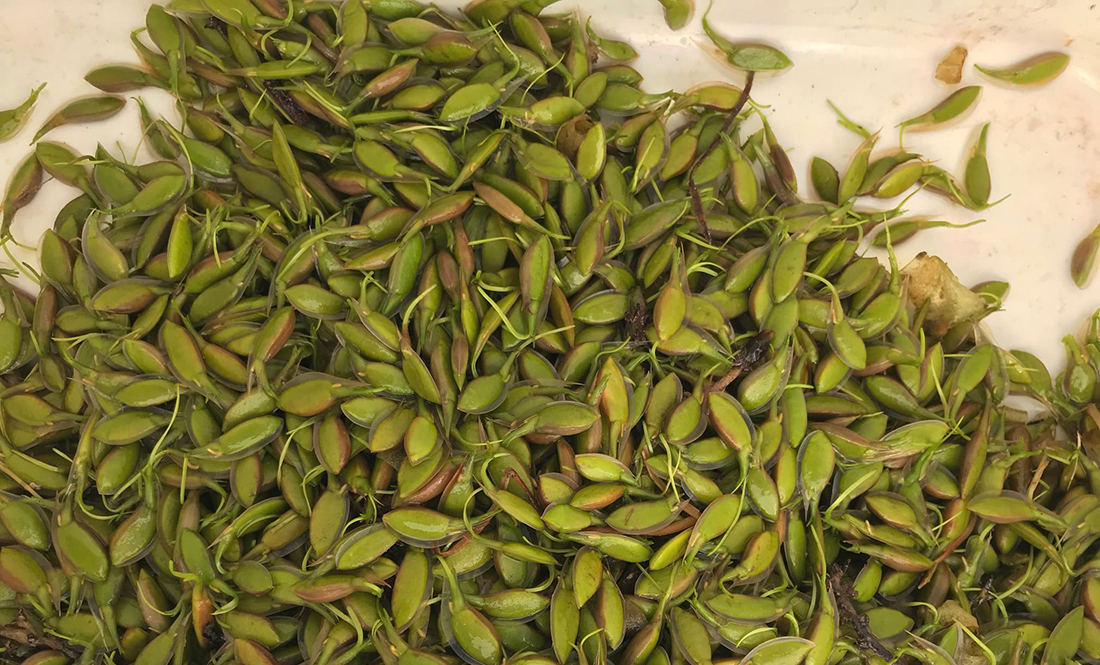
“People may have already seen the racks of flower pods floating on the water’s surface,” Andrew says.
“These will be collected on the surface by fishers and divers and taken to UWA for treatment to separate the seeds from the flower pods.”
To separate out the seeds, the pods are mixed around in tanks for 1 to 2 days.
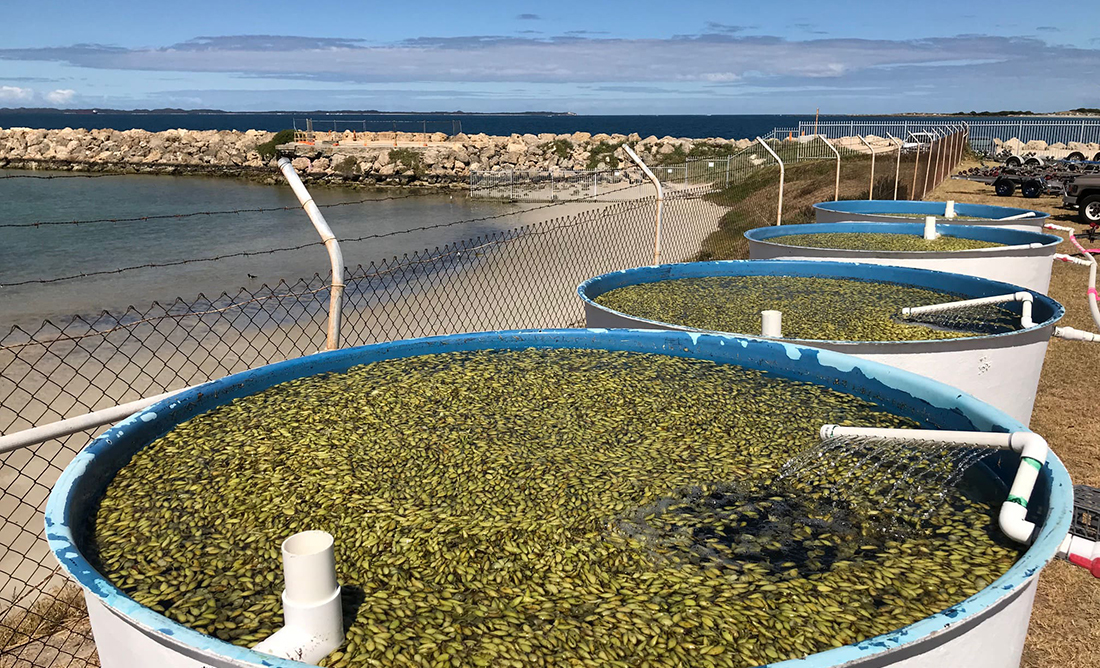
The seeds sink to the bottom of the tank and are drained out to be collected for release.
Roll up your sleeves to sow seeds
Andrew says the community will be integral in the dispersing of collected and fertilised seeds into Cockburn Sound.
This is via volunteer events from mid-November until mid-December 2018.
“The seeds will be given to fishers to take back out and sow into an area identified just north of Woodman Point”
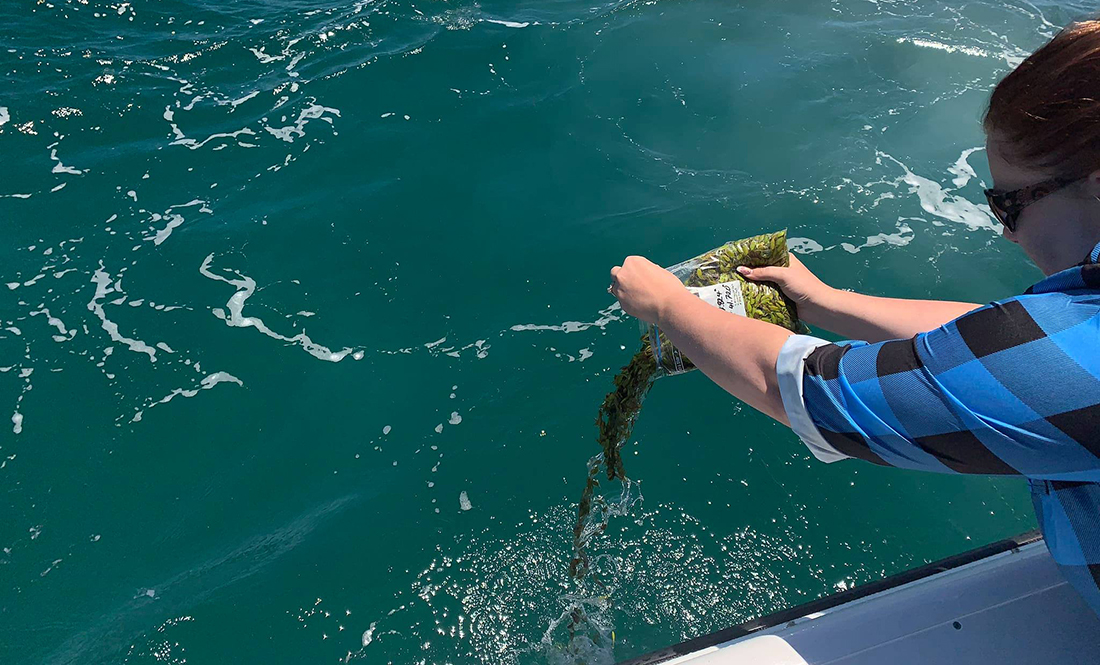
The area for release has been selected based on depth, seafloor quality and environmental conditions such as wind and currents to give the seeds the best chance of survival.
Researchers, with the help of fishers, will continue to monitor the reseeded meadows and measure their growth.
The project has partnered with BCF and the Cockburn Power Boat Club Association to engage the recreational fishing community across different elements of the restoration project.
If you are a recreational fisher and want to get involved, a registration page has been set up.
Funding is also being sought to buy an underwater remotely operated video (ROV) to follow the progress on the seafloor.
“We hope to have fishers trained to undertake data collection via video once resources are available.”



